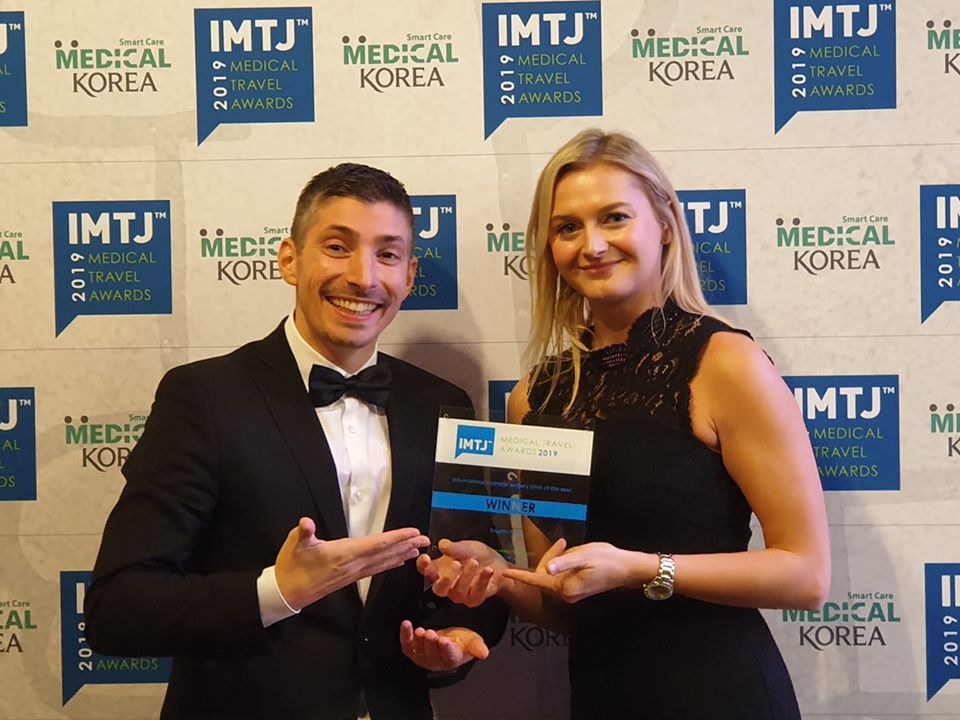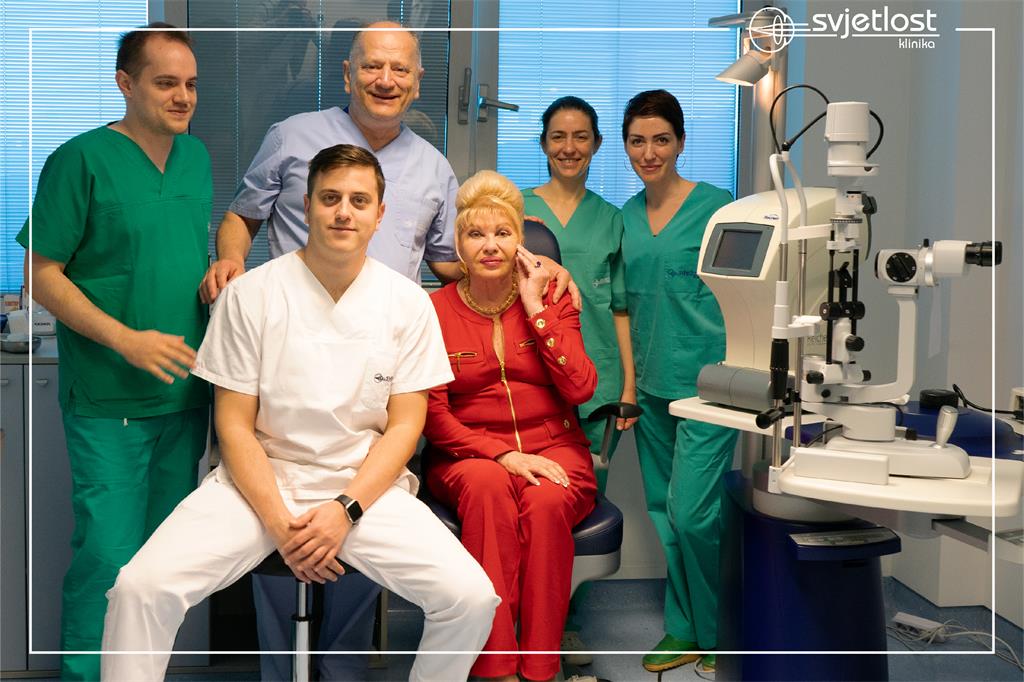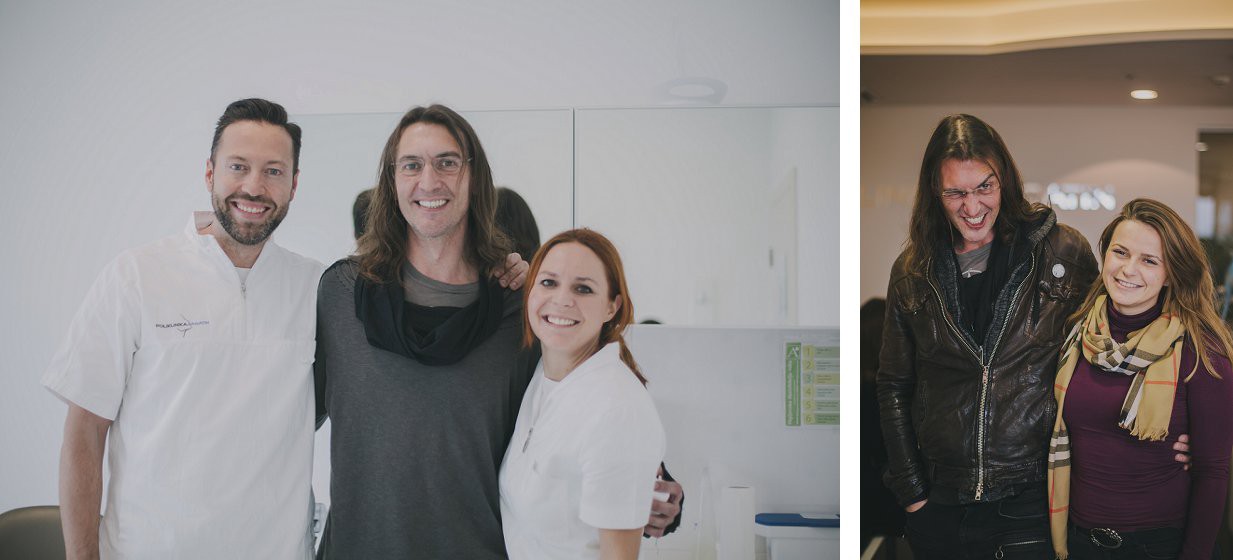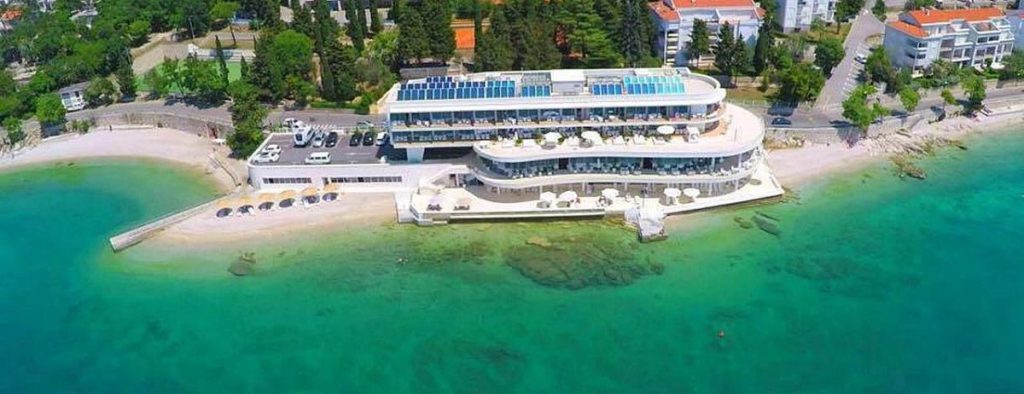I myself knew little about my new home island (having only heard its name 2 days before I arrived and agreed my purchase), but it was not long before I got to learn just what a treasure I had stumbled upon. Named by Conde Nast in 1997 as one of the top 10 most beautiful islands in the world, few had bothered to delve any deeper into the island beyond the beach and the nightlife, and when I started my first blog, Total Hvar, back in 2011, I began to discover a real bunch of treasures. For here was an island which boasted the oldest public theatre in Europe, had more UNESCO heritage than any island in the world, several outstanding grape varieties found only in the island’s excellent wines, and even (it seems) the oldest olive tree in the country dating back some 2,500 years. The more I researched, the more I learned, and the more even locals followed the blog so that they could learn more about the island of their birth from this curious foreigner.
But it wasn’t just Hvar. As I became more established as a writer based in Croatia and curious about the Croatia away from the beach, the more interesting the inbox became. Did I know about… would I like to attend… come and see this unique festival… Over the years, the invitations have been constant, inspiring, and often unique – it has been genuinely a privilege to learn – and write about – such interesting topics as rarely get reported on outside the Croatian language.
And one thing I have learned over the years here was that Croatia would always be the most surprising when I least expected it. And so it proved a few years ago, when a chap called Ognjen Bagatin asked me to come to his polyclinic. He was a long-term fan of my blog and had something to show me that he thought I would find interesting.
Croatia’s medical tourism industry.
An industry I had not even heard about in my 15 years living in the country, but within an hour of Ognjen’s time and a subsequent tour of three Zagreb facilities, I realised that here was an incredible gem that was already competing on the world stage in terms of excellence and affordability, and was – once again – a Croatian tourism story untold. After a tour of Bagatin Clinic, St Catherine’s Specialty Hospital, and Svjetlost Eye Clinic, I was hooked and wrote the first of many articles on medical tourism in Croatia and its potential – Health Tourism is Coming Home: Why Zagreb is the Next Big Medical Tourism Destination.

(Ognjen Bagatin with his Berlin award)
And it seems that my introductory medical tourism facilities were rather impressive on the world stage. A couple of years later, I was in Berlin at the International Medical Travel Journal awards, as Bagatin won best international cosmetic surgery in the world. St Catherine’s (among MANY other things) was the first facility in Europe to partner with Mayo Clinic on its innovative OneOme pharmacogenetic test, and a host of global celebrities were heading to Zagreb to fix their eyes at Svjetlost, including Ivana Trump.

(Ivana Trump with much better vision after a visit to Svjetlost – Photo credit: Svjetlost.hr)
And yet, as impressive as the Zagreb medical tourism offer appeared to be, the really exciting centre of Croatia’s medical tourism industry appeared to be on the coast close to Rijeka, in the region of Kvarner. Hvar (another amazing thing I learned about my adopted island) was the home of organised health tourism in Europe, dating back to 1868, but Opatija and the Crikvenica riviera were not far behind, and they had built on their impressive history by offering a quite phenomenal range of leading medical tourism services. One clinic in Rijeka was treating a staggering 60,000 (mostly Italian) dental patients a year. The key factors being high quality and low price.
Just how much of a saving, and just how much of an impact that successful medical tourism can have, is encapsulated in Carl’s Story, one of the best Croatian tourism promotion stories I have ever come across – and a story which transformed Carl’s mouth, self-confidence and future, while saving him tens of thousands of dollars. You can read the story here.

For me, the epicentre of Croatian medical tourism excellence pivoted around the annual Crikvenica International Health Tourism conference, which brought together the best of the country’s health tourism experts, as well as some truly world-class speakers and examples of best practice, including Sherine Azli, CEO of the Malaysia Healthcare Travel Council, whose interview with TCN had me on a flight to Kuala Lumpur the following year to collect a media award for medical tourism.
Having attended the 2018 and 2019 conferences in Crikvenica, the 2021 conference opened my eyes to a new synergy for Croatian tourism, and one which had not been discussed before – digital nomads and remote workers. One of the key target markets for the industry was the 1.2 million Croatian diaspora in the United States, and with the Cleveland Clinic CEO himself a Croat, word of Croatian medical excellence was an easy story to tell. It was a good strategy, and the work done by ACAP (Association of Croatian American Professionals) was commendable.
But by 2021 – at least in my opinion – the market had changed considerably, and one of Croatia’s most untapped tourism potentials revealed itself. Listening to the ACAP presentation on efforts to promote to the 1.2 million diaspora made a lot of sense, but the world had changed since the 2019 conference. And rather than working hard to persuade a niche market to board a plane from halfway across the world, a new, much bigger market presented itself, with the additional benefit that they were already here.
Digital nomads.
Croatia is becoming one of the hottest nomad destinations in Europe, as more and more people are choosing to spend time working remotely from Croatia. They are attracted by the lifestyle, climate, nature, gastronomy, safety, spoken English, great WiFi, affordability and accessibility. All great reasons to come and spend a month or twelve.
But very few foreigners know of the excellence and affordability of Croatia’s medical tourism offer. From dental services and cosmetic surgery, to eye surgery and physiotherapy, the best of the best in Croatia compares with the very best in the world in numerous cases, but at a fraction of the price.
And with the increased flexibility and mobility of the workforce, it has never been easier to plan for affordable medical procedures – and the recuperation time in idyllic nature, climate and lifestyle as might be necessary.
Croatia, your safe, affordable, lifestyle destination where your medical needs can be addressed for a fraction of the price back home. It is perhaps not classic tourism, but it is tourism which is sustainable, lucrative, and for the future. The stars are aligning on this latest tourism gift. It remains to be seen if Croatia will take advantage.
To learn more about medical tourism in Croatia, check out the dedicated Total Croatia guide.










